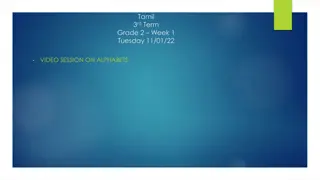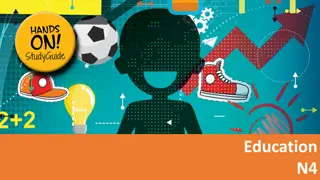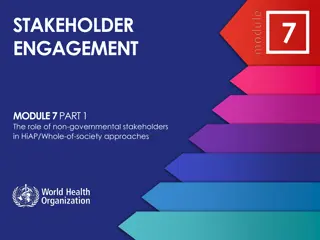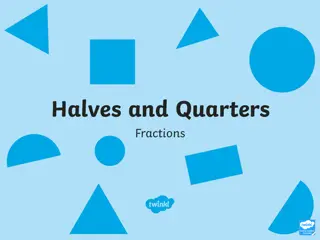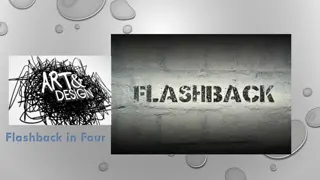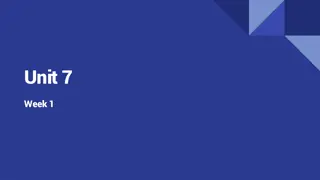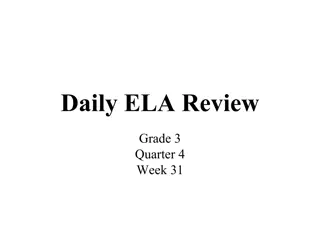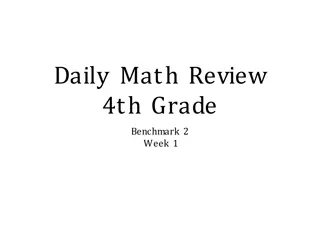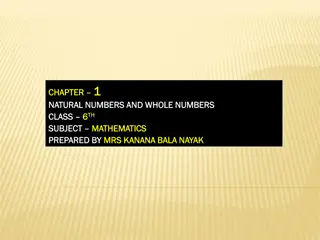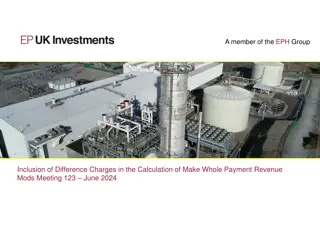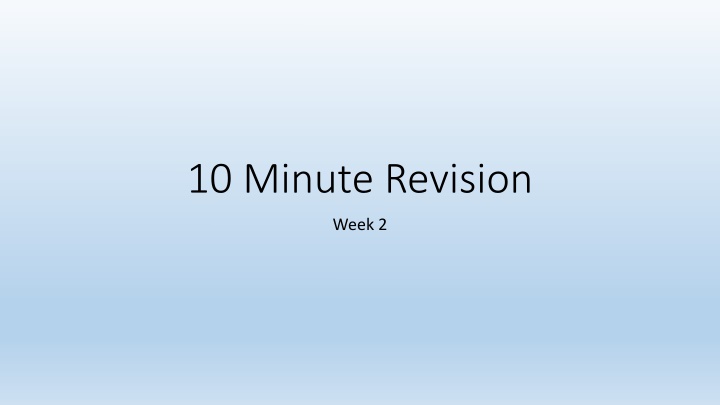
Effective Study Techniques for Better Learning Outcomes
Enhance your studying with these 3 key steps - Retrieval Practice, Flash Cards, and Revision Posters. Dive into how meanders are formed and practice your knowledge. Put these strategies to the test to boost your learning efficiency.
Download Presentation

Please find below an Image/Link to download the presentation.
The content on the website is provided AS IS for your information and personal use only. It may not be sold, licensed, or shared on other websites without obtaining consent from the author. If you encounter any issues during the download, it is possible that the publisher has removed the file from their server.
You are allowed to download the files provided on this website for personal or commercial use, subject to the condition that they are used lawfully. All files are the property of their respective owners.
The content on the website is provided AS IS for your information and personal use only. It may not be sold, licensed, or shared on other websites without obtaining consent from the author.
E N D
Presentation Transcript
10 Minute Revision Week 2
3 Steps to Studying: 3 Steps to Studying: Step 2 Step 3 Step 1 Retrieval Practice (check what you have learned): Past Paper Questions: Revise the content: Now do a question on the topic that you have studied Mind Map Flash Cards (make) Key words Reduce your notes Cornell Notes Revision Poster Post-its Dual coding Revision Clock Cops & Robbers Retrieval Relay Use Flash Card questions 10 questions If this is the question what is the answer? Build in timed questions (1.75 minutes per mark) Hand in for feedback
Period 1: Revise the Content Period 1: Revise the Content Flash Cards Flash Cards Flash cards are a classic revision tool Make your own question on one side and answer on the other Keep your cards once you make them and use them to question yourself they promote active recall
How is a meander formed? (1) River flows downhill causing lateral erosion. Doesn t flow in a straight line -contains areas of deep water and areas of shallow water Means slower and faster water movement This causes the current to swing from side to side - meandering.
Your Turn! Your Turn! How is a meander formed? (1) You have a set of revision notes on processes of erosion and the formation of a meander How is a meander formed? (2) Start a set of flash cards on how a meander is formed make one card for each stage How is a meander formed? (3) Shorten the notes & add a diagram (if space!)
Period 2: Retrieval Practice Period 2: Retrieval Practice Retrieval Relay Race Retrieval Relay Race Without your notes, write as much as you can remember about the formation of a meander in the first box (1 minute) Now check your flash cards(1 minute) Put your notes away and write anything you missed in box 2 (1 minute) And repeat
Period 3 Period 3 Exam Question Exam Question Explain the formation of a meander (4)


